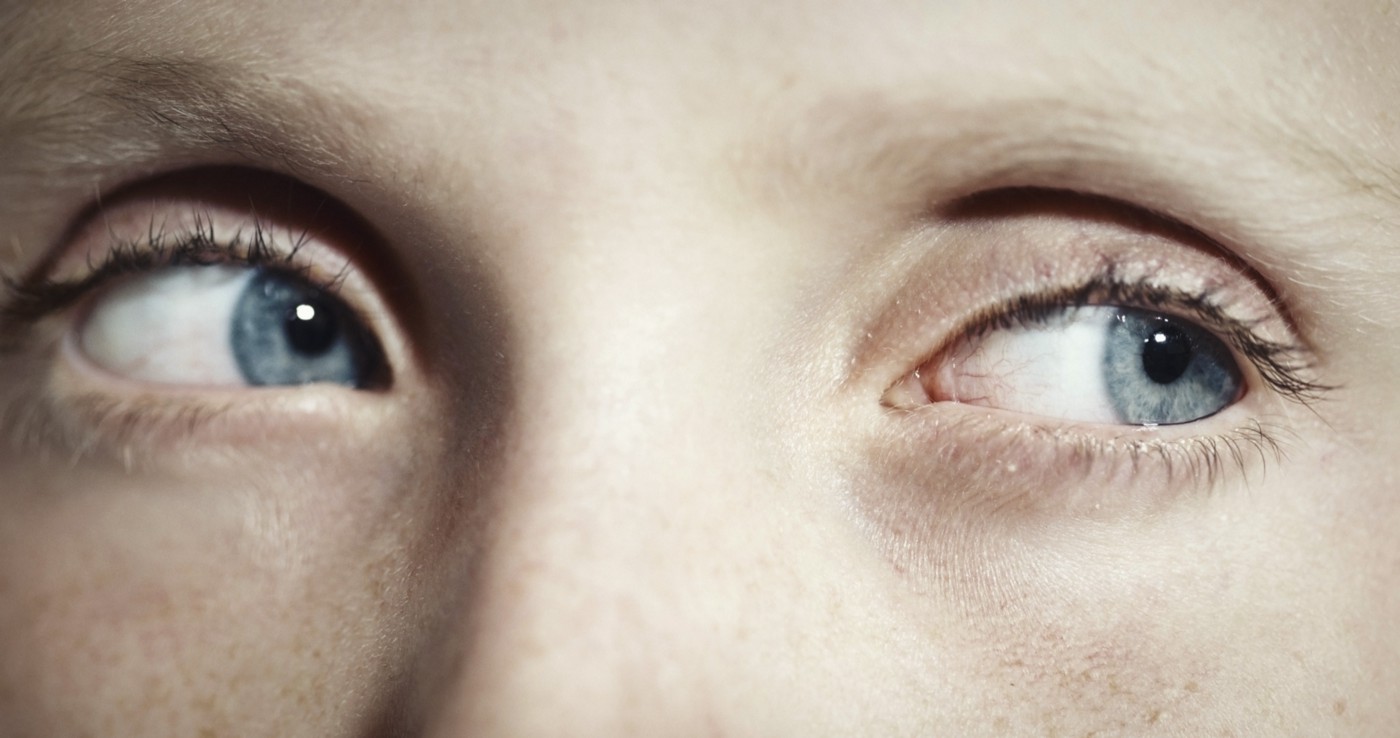If a person can learn to partially control his facial expressions (at least large movements with facial muscles) and “cheat” with the use of body language, eye movements are much more difficult to consciously control. In one of the experiments, participants were offered to reproduce the trajectory of their gaze with the help of a cursor on the screen - and even with such a clear statement of the problem, the subjects did not realize 42-55% of the movements of their eyes (Marti
et al. , 2014).
Therefore, our eyes can tell a lot about when we are trying to conceal the truth, and lighttracking can be successfully used to detect lies.

Lies are closely related to cognitive load (cognitive load). According to the theory of “cognitive loading of lies”, a false answer will require more resources (attention and memory) than truthful ones, since deception is associated with additional cognitive operations (self-control, retaining more information in working memory, etc.) (Spence
et al ., 2001; Vrij
et al. , 2008).
In the classic concealment information test (CIT), participants are informed about any crime that will not be known to the control group that is not involved in the crime (Matsuda
et al. , 2012). Both groups are then asked to recognize any subject related to the crime (for example, a knife) among other irrelevant objects. The polygraph (lie detector) at this moment captures physiological signals, for example, rapid heartbeat, of the subjects. For all printing methods, however, one common problem is characteristic: they make it possible to track the increase in the intensity of indicators, which is usually interpreted as a manifestation of guilt or fear, which is not always true (Ganis
et al. , 2003).
In a light tracking experiment will be built a little differently: as long as the participants watch a series of images related to the crime and neutral ones, the equipment will monitor and record eye movement.
Several experiments have shown that there is a difference between the movement of the eyes of liars and of people who speak the truth:
- Expanded pupils associated with a state of heightened anxiety and loading of working memory (Proudfoot et al ., 2016).
- Avoidance strategy , when a person tries not to look at the subject (image) associated with a crime, and pays more attention to neutral objects (Proudfoot et al. , 2016, Kim et al. , 2016).
- Blinking : when a person speaks untruth, the number of blinks is less than when pronouncing truthful information, but after a person has lied - the number of blinks increases dramatically compared with the normal state (Vrij et al. , 2008).
All these signs make it possible to identify liars, but at present they can only be tracked using video-centric laboratory equipment. Creating a tracking software for registering eye movement and blinking will take the technology to a whole new level. At Neurodata Lab, we are also engaged in the creation of a software eytreker, which will allow us to recognize eye movement with high accuracy and outside the laboratory without the use of special equipment.
References :
- Ganis, G., Kosslyn, S., Stose, S., Thompson, W., Yurgelun-Todd, D. Neural correlation of different types of deception: An fMRI investigation. Cerebral Cortex, vol. 13, issue 8 (2003), pp. 830–836.
- Kim, K., Kim, J., Lee, J. Guilt, Lying, and Attentional Avoidance of Concealed Information. Social Behavior and Personality: an international journal, vol. 44, issue 9 (2016), pp. 1467-1475.
- Marti, S., Bayet, L., Dehaene, S. Subjective report of eye fixations during serial search. Consciousness and Cognition, vol. 33 (2015), pp. 1–15. Published by Academic Press Inc.
- Matsuda, I., Nittono, H., Allen, J. Frontiers in Psychology, vol. 3 (2012), p. 532.
- Proudfoot, J., Jenkins, J., Burgoon, J., Nunamaker, J. More Than the Delay Detection Interactions. Journal of Management Information Systems, vol. 33, issue 2 (2016), pp. 332-360. Published by Routledge.
- Spence, S., Farrow, T., Herford, A., Wilkinson, I., Zheng, Y., Woodruff, P. Behavioural and functional anatomical correlates of deception in humans. NeuroReport, vol. 12, issue 13 (2001), pp. 2849-2853. Published by Lippincott Williams and Wilkins.
- Vrij, A., Fisher, R., Mann, S., Leal, S. A cognitive load approach to lie detection. Journal of Investigative Psychology and Offender Profiling, vol. 5, issue 1–2 (2008). pp. 39–43.